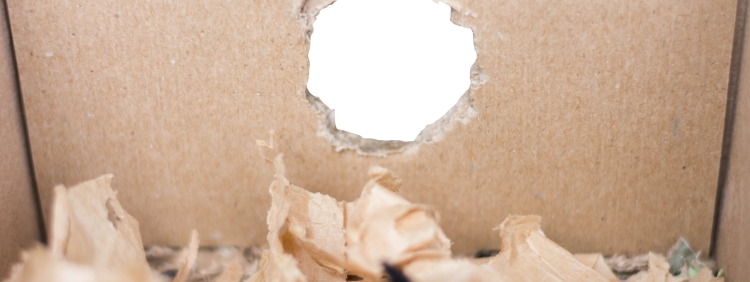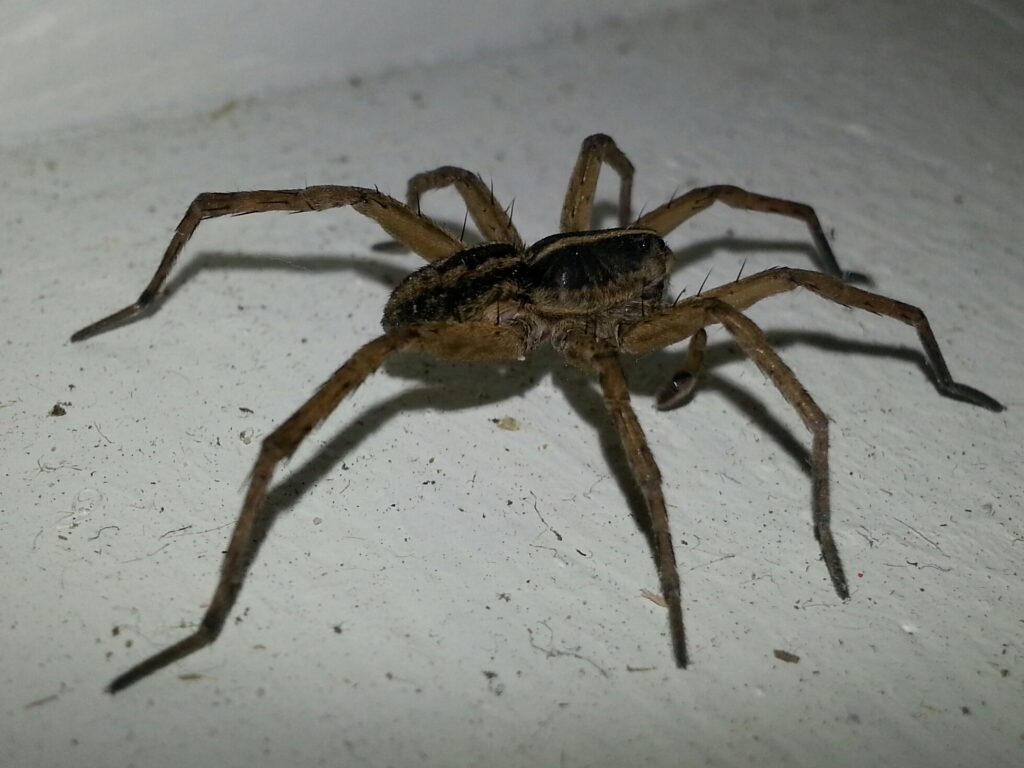 Mice can be quite a nuisance for homeowners in Brant County, and getting rid of them can be a daunting task. While most people associate mice with food, there are other factors that could be attracting them to your home. One such factor is the presence of boxes and books. They are often attracted to boxes because they provide warmth and shelter, while books offer a good source of insulation.
But what are some other things that could be luring these rodents into your home? In this blog post, we take a unique perspective and delve deeper into what could be drawing mice into your home that may eventually require mice control in Brant County. We'll also offer some valuable tips and tricks on how to get rid of mice for good. So, whether you've been battling an infestation for a while or simply want to be more aware of how to prevent one, this post is definitely a must-read.
Mice can be quite a nuisance for homeowners in Brant County, and getting rid of them can be a daunting task. While most people associate mice with food, there are other factors that could be attracting them to your home. One such factor is the presence of boxes and books. They are often attracted to boxes because they provide warmth and shelter, while books offer a good source of insulation.
But what are some other things that could be luring these rodents into your home? In this blog post, we take a unique perspective and delve deeper into what could be drawing mice into your home that may eventually require mice control in Brant County. We'll also offer some valuable tips and tricks on how to get rid of mice for good. So, whether you've been battling an infestation for a while or simply want to be more aware of how to prevent one, this post is definitely a must-read.
The Hidden Dangers: Why Books Are A Prime Target For Rodents
Shocking as it may be, that bookshelf standing tall in your living room could be a fine dining restaurant for mice in Brant County. Books, believe it or not, provide the quintessential combination that mice find hard to resist: seclusion and material for nesting.Nesting Havens
Mice are notorious for their impressive nesting abilities. They can tunnel through the most unlikely spaces, making a home anywhere that's warm and hidden. Your beloved books provide just that – a silent, undisturbed sanctuary. The spaces that books create when stacked together easily serve as the perfect nesting spot for these rodents, indirectly inviting them into your homes. But the real damage comes when they start to use the texture of the books for nesting material. Mice have incisors that grow continuously throughout their lives, and to keep them in check, they need to gnaw at stuff. Your hardcovers, dusty paperbacks, and binding serve as excellent gnawing material, aiding their quest for dental hygiene while lining their nests to boot.Detecting a Mice Infestation in Books
Early detection can save your precious literary treasures from being reduced to shredded material. Here's what you need to pay attention to:- Visible chew marks: The easiest way to spot a mouse invasion is to look for chewed corners and edges. Notice any unusual scrapings on your books? Those silent gnawers might have been at work.
- Mysterious droppings: Mice aren’t exactly house-trained; they freely scatter their droppings. If you spot droppings near your bookshelves, it could be a clear sign of infestation.
- Unusual stale smell: A persistent, unusual smell around your bookshelves can be a telltale sign. Mice nests carry a distinct odour, which is often the first sign of an infestation.
Preventing Book-Eating Mice
Wondering how to prevent these literary vandals before they start gnawing away at your collection? It's simple: regular cleaning and attentive inspection are your best bets.- Make a habit of cleaning and dusting your bookshelves regularly. Mice avoid open, clean spaces.
- Periodically inspect your books for early signs of infestation.
- Keep your books in sealed containers or behind glass panes if possible. This reduces the chance of mice turning them into a chew-toy.
The Domino Effect: How One Box Can Lead To A Full-Blown Infestation
 It may be difficult to comprehend how a seemingly harmless storage box could be the origin of a rodent infestation in your beloved home. But, for these intelligent creatures, a box can provide all the necessary resources for a comfortable residence. This practical item, useful for you in organization, serves a very different purpose for mice. Intriguing, isn't it? Let's investigate further.
It may be difficult to comprehend how a seemingly harmless storage box could be the origin of a rodent infestation in your beloved home. But, for these intelligent creatures, a box can provide all the necessary resources for a comfortable residence. This practical item, useful for you in organization, serves a very different purpose for mice. Intriguing, isn't it? Let's investigate further.
The Box: An Unexpected Foe
Sturdy and enclosed, the box can enlist itself as a perfect shelter. An unsuspecting homeowner might be offering the very luxury these critters yearn for. Boxes, particularly those made of cardboard, provide a warm, dry place for mice to nest, breed and escape potential danger.- Shelter: Boxes offer a cozy space for rodents, away from predators and the harsh elements of nature.
- Nesting Material: The soft cardboard can be gnawed and shaped by rodents into ideal nesting material.
- Breading Ground: Dark and undisturbed boxes present an ideal environment for mice to reproduce rapidly.
Recognizing the Problem: Initial Signs of Infestation
If you start noticing nibbled corners or shredded materials inside your boxes, chances are rodents are exploring your living space. Mice droppings, typically tiny black pellets, are also distinct giveaways. Ensure you're always vigilant and perform regular checks for these subtle signs in less frequented areas of your home.Controlling The Start Of an Infestation: Prevention Over Cure
Mice problems can get serious fast. One day, you are seeing one of these creatures scurrying for cover, and the next day, you realize that a whole family has moved in. Hence, it is essential to be proactive, prioritizing prevention over a cure.- Storage Boxes: Opt for plastic storage boxes, a less attractive option.
- Seal Entrances: Seal any noticed holes or cracks in your home. Remember, mice can get through spaces as small as a dime.
- Food Storage: Store food in airtight containers, not leaving any enticing smells or easy snack options for these uninvited guests.
- Regular Cleaning: Clean your house regularly and get rid of clutter where mice could nest.

